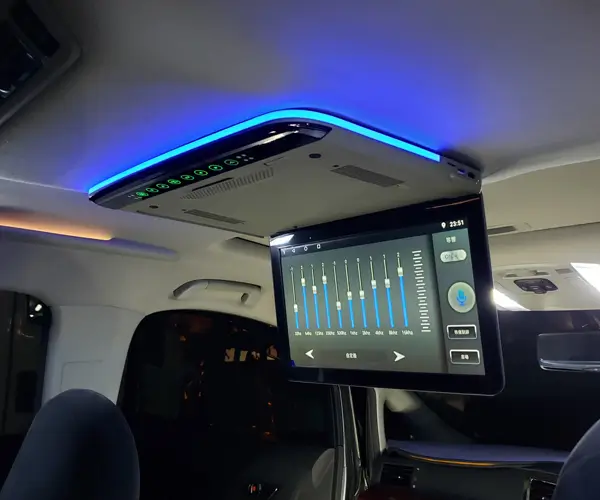Imagine a bustling city where streets are constantly changing — roads open, close, shift, and new pathways appear overnight. That’s pretty much what managing a monolithic application feels like. It’s cumbersome, slow, and, to put it mildly, a nightmare to scale when demand spikes. Now, think about a network of interconnected neighborhoods — each with its own unique vibe but seamlessly working together. That’s essentially what microservices application architecture is all about.

Instead of one giant codebase, you’re dealing with mini-programs — independent little services that talk to each other. It’s like having a squad of specialized tools ready for any job, instead of one massive, unwieldy machine. Need to update a feature? Swap out one service and keep the rest humming. It’s flexible. It’s faster. It’s a game-changer.
You probably wonder, “How does this actually help my business?” Well, imagine retail e-commerce, especially during peak shopping seasons. Microservices allow you to scale your payment processing system independently from inventory management or user authentication. When Black Friday hits, you don’t need to shut everything down to handle the surge. Instead, you beef up just the payment service — that’s fast, dynamic, and cost-effective.
The beauty of this approach isn’t just in scalability. Reliability shoots up. Since each service runs independently, if one fails, the others keep ticking. It’s like a well-oiled orchestra — if one instrument falters, it doesn’t ruin the symphony. You get fewer outages, happier customers, and a more resilient platform.
But is it really worth the trouble? Think about legacy systems that choke on new features or integrations. Microservices offer a clean slate, so to speak. Developers can experiment with new tech stacks or optimize specific services without turning the entire system upside down. Plus, it’s better suited for a DevOps culture where rapid deployment and continuous improvement are the norm.
Here’s a quick thought — what if your existing application could become more adaptable? Microservices architecture makes that possible. With modular design, you can add new capabilities without tearing everything apart. Need a new payment gateway? Plug it in. Want to improve your search functionality? Break it into smaller, manageable pieces.
You might be asking, “Will this really streamline my operations?” Well, given the right implementation, it can. It’s not just about technology but about transforming how your business responds to change. It’s an architecture that promotes agility, minimizes risk, and boosts innovation.
So, if you're aiming for a future where your application isn’t just surviving but thriving, microservices architecture is worth considering. It’s a tune-up for your digital engine, making sure you run smoothly, adapt swiftly, and innovate boldly.
Established in 2005, Kpower has been dedicated to a professional compact motion unit manufacturer, headquartered in Dongguan, Guangdong Province, China. Leveraging innovations in modular drive technology, Kpower integrates high-performance motors, precision reducers, and multi-protocol control systems to provide efficient and customized smart drive system solutions. Kpower has delivered professional drive system solutions to over 500 enterprise clients globally with products covering various fields such as Smart Home Systems, Automatic Electronics, Robotics, Precision Agriculture, Drones, and Industrial Automation.




































